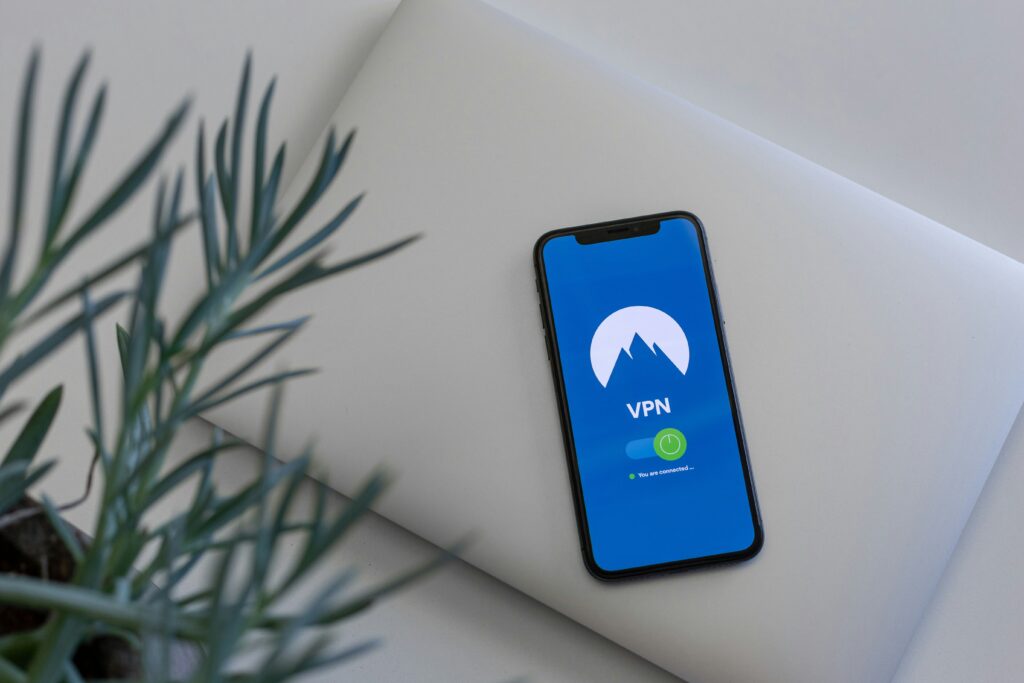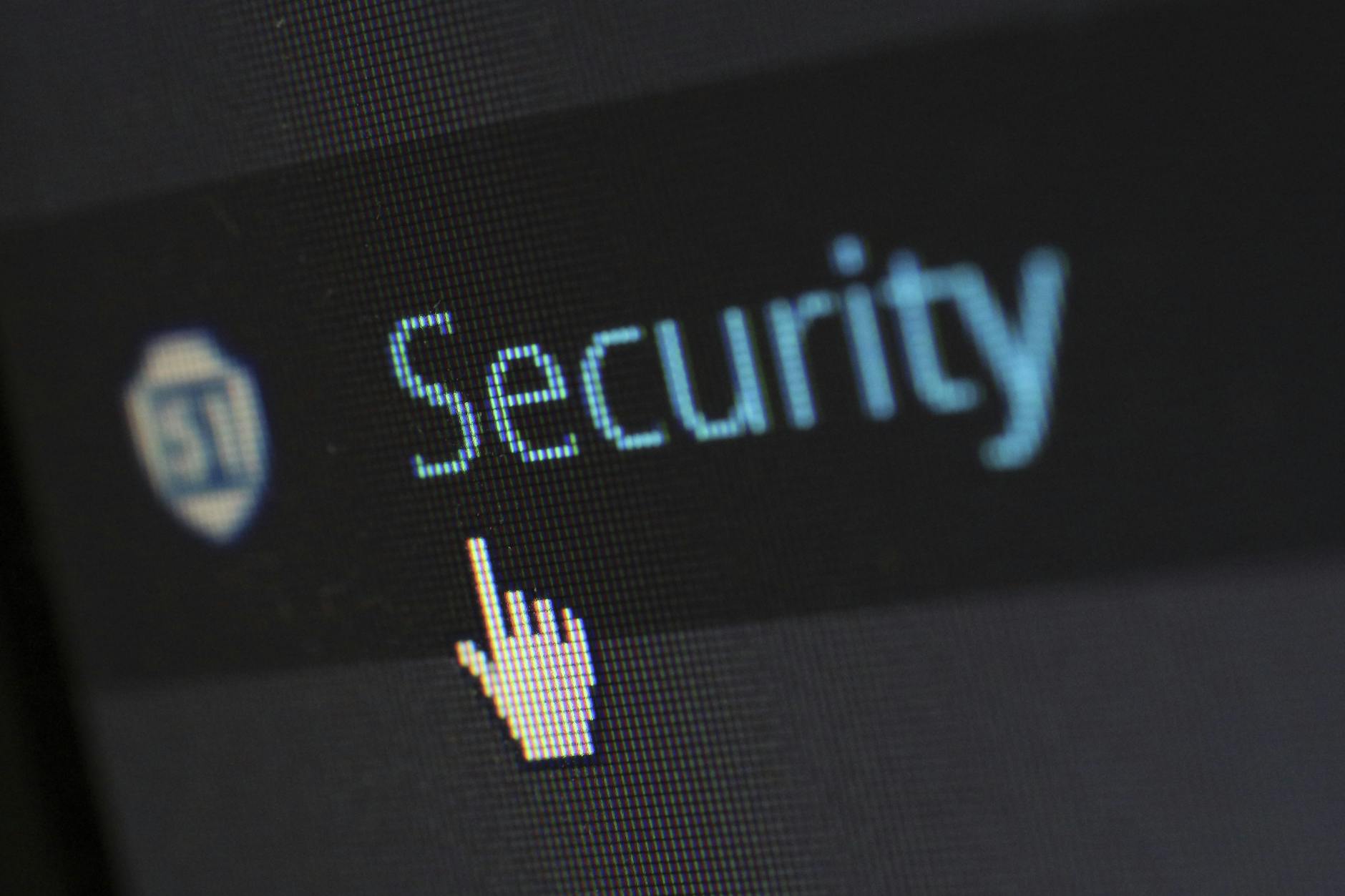A cyberattack strikes every 39 seconds, and one-third of Americans fall victim to these threats annually. Here are some Cybersecurity Best Practices!
These aren’t just statistics on a page. They represent genuine threats to businesses that lose an average of $4.35 million with each data breach. Many organizations still find it difficult to implement security best practices that work, which leaves their sensitive data exposed to sophisticated threats.
We recognize this challenge. Our team has created this detailed guide to security best practices. You can build a reliable security framework by following our guidance, regardless of your current security posture.
Your organization deserves protection from cyber threats. Let’s head over to our step-by-step guide and explore proven cybersecurity measures that safeguard your assets.
Assessing Your Current Security Posture
A strong cybersecurity foundation starts with understanding your current security posture. Analysis of data from nearly 37,000 organizations shows that companies who review their cybersecurity posture regularly face substantially fewer security incidents 1.
Conducting a Complete Security Audit
The security experience begins with a full security audit that reviews five critical components:
- Physical infrastructure and environment
- Applications and software systems
- Network configurations and vulnerabilities
- Data handling and storage practices
- Employee security protocols and training
A complete security audit helps detect gaps in policies and security controls that enable us to implement proper protections against emerging threats 2.
Identifying Critical Assets and Vulnerabilities
Our organization’s “crown jewels” represent critical assets that attackers actively try to compromise 3. The identification of these assets requires us to review:
- Regulatory requirements
- Market-specific priorities
- Data storage locations
- What breaches could mean
- Stakeholder dependencies
Our security team can effectively isolate threats and prioritize alerts by understanding how resources connect to critical assets 3. We learn more about required security controls that meet business, legal, and regulatory requirements through proper documentation of each IT asset and its critical dependencies 4.

Mapping Current Security Controls
We must review existing security measures after identifying critical assets. A cybersecurity posture assessment reveals valuable information about our current security framework and possible weaknesses 1. This assessment examines digital assets, studies existing defenses, and reviews the organization’s readiness to handle evolving risks 1.
The mapping process helps identify compliance gaps and enables corrective actions 1. Evidence-based decisions about security investments and risk management ensure we focus resources on critical vulnerabilities instead of wasteful spending 1.
Building Your Security Framework
A strong security framework needs more than technical controls. Organizations must build a detailed structure that blends policies, response plans, and governance to protect digital assets.
Developing Security Policies and Standards
Creating clear, practical security policies is the foundation of a strong security framework. Studies show that organizations without proper cybersecurity policies can lose up to USD 100,000 in breach-related costs. More than 60% of these organizations shut down within 6 months of an attack 5.
A policy framework needs to address:
- Password management and complexity requirements
- Data classification and handling procedures
- Internet usage guidelines
- Device and software security standards
- Employee responsibilities and compliance measures
Creating Incident Response Plans
The incident response plan acts as a playbook during security events. NIST guidelines suggest that response strategy should cover four main phases: preparation, detection and analysis, containment and eradication, and post-incident activity 6.
The plan must have clear communication protocols since regulations like GDPR require breach notifications within specific timeframes (72 hours) 6. Teams should test these response procedures regularly through simulated incidents to stay prepared for real security events 7.
Establishing Security Governance Structure
Good security governance starts with clear roles and responsibilities. The Security Architect’s role is crucial as they own the platform’s end-to-end security 8. This person collaborates with stakeholders at all organizational levels to:
- Define and implement security-related processes
- Chair security governance meetings
- Coordinate security monitoring and risk assessments
- Enforce security standards throughout delivery cycles
Security governance needs constant attention. Regular security audit routines help organizations stay vigilant. Small organizations can do manual audits while larger ones might prefer partial automation 8. This strategy keeps the framework adaptable and ready to face new threats.
“In the digital realm, vigilance is your firewall, and knowledge is your strongest encryption. Embrace cybersecurity best practices not as a burden, but as the key to unlocking a safer, more empowered online existence.”
Implementing Technical Controls
Technical controls are the foundations of our cybersecurity defense strategy. Recent studies paint a concerning picture – 85% of credentials haven’t been used in the last 90 days. This shows why we need resilient access management and monitoring systems 9.
Setting Up Access Management Systems
Our systems need detailed Identity and Access Management (IAM) solutions that will give authorized users the right access. A well-laid-out IAM framework brings together:
- Multi-factor authentication (MFA) to improve security
- Single Sign-On (SSO) to make access efficient
- Role-based access controls
- Automated credential management
Studies show that MFA reduces unauthorized access attempts by a lot because it needs multiple verification forms before letting anyone into the system 10.
Deploying Security Monitoring Tools
Security monitoring needs to happen around the clock. Research shows that cybersecurity monitoring helps spot potential weak points in cloud environments, remote setups, and on-premise infrastructure 11.
We protect our systems through:
- Security Information and Event Management (SIEM) tools that analyze logs immediately
- Intrusion Detection Systems (IDS) that spot threats
- Endpoint Detection and Response (EDR) solutions that protect devices
- Vulnerability scanners that check systems regularly
Configuring Network Security Solutions
Network security works best with multiple layers of protection. We focus on three key components: firewalls, intrusion prevention, and secure remote access. Firewalls act as our first defense line and control traffic based on preset security rules 10.
Virtual Private Networks (VPNs) create encrypted connections over public networks to keep remote access secure. This keeps sensitive information safe, even on unsecured networks 10. Network segmentation strategies also help isolate critical systems and limit damage from security breaches 12.
These technical controls create multiple protection layers that work together to protect our digital assets. Regular security penetration testing helps us find weak spots in our setup 13.

Driving Organization-Wide Adoption
People remain the most crucial factor in cybersecurity success, with 74% of breaches involving human-related vulnerabilities 14. We need to change our organization’s security culture through better training and change management.
Security Awareness Training Programs
Traditional checkbox-style training no longer works. We need to create continuous learning opportunities that stick. Companies that invest in detailed security awareness programs are 6x more likely to meet their project objectives 15. Our training approach should include:
- Tailored learning paths for different roles
- Interactive simulations and scenario-based exercises
- Regular updates on emerging threats
- Hands-on practice with security tools
- Gamification elements to boost participation
Change Management Strategies
A well-laid-out change management approach makes cybersecurity implementation successful. Companies see an average return on investment of USD 1.50 for every dollar spent on change management initiatives 15. These steps help drive lasting behavioral change:
- Create clear communication channels
- Establish executive sponsorship
- Develop role-specific training materials
- Implement feedback mechanisms
- Recognize and reward security-conscious behavior
Measuring Employee Compliance
Metrics help track how well our security awareness efforts work. A “more carrot, less stick” approach 16 promotes an environment where security becomes natural. Our monitoring strategy looks at key indicators like phishing simulation results, security incident reporting rates, and help desk analytics.
Research shows that even small investments in security awareness and training have a 72% chance of significantly reducing the business impact of cyber attacks 16. Regular assessments and continuous improvement of our programs help build a security-conscious culture that becomes our strongest defense against cyber threats.
AI-enhanced learning and tailored training paths 17 keep our security awareness program dynamic and relevant. This approach maintains engagement while adapting to new threats quickly.
Conclusion
Cyber threats keep evolving and multiplying. Organizations need resilient security practices to survive. Our detailed approach creates multiple protective layers against modern cyber threats through security assessments, technical implementation, and employee training.
Security frameworks need constant updates and attention. Organizations face fewer breaches when they follow security best practices. Regular audits strengthen our defenses against emerging threats, while employee training and refined technical controls help teams recover faster after incidents.
Everyone must participate to achieve cybersecurity success. Teams can reduce their vulnerability to cyber attacks by a lot through proper security controls and regular training programs. Note that cybersecurity isn’t a destination – it’s a continuous experience of improvement and adaptation.
I hope you found value in these Cybersecurity Best Practices!
FAQs
Q: How can we effectively implement a cybersecurity solution?
A: To effectively implement a cybersecurity solution, start by defining clear roles and responsibilities within your team. Prioritize risk areas to focus on the most significant threats first. Utilize appropriate tools and technology to bolster your defenses. Regularly train your team on cybersecurity best practices and continuously test and adapt your strategies to stay ahead of potential threats.
Q: What are the five stages of the cybersecurity lifecycle?
A: The cybersecurity lifecycle consists of five critical stages:
- Identify – Recognize the organization’s essential functions and the cybersecurity risks that could affect these functions.
- Protect – Implement measures to mitigate the impact of a cybersecurity breach.
- Detect – Develop capabilities to identify cybersecurity incidents promptly.
- Respond – Plan and execute a response to cybersecurity incidents to limit damage and reduce recovery time and costs.
- Recover – Restore any capabilities or services that were impaired due to a cybersecurity incident.
Q: What are the best practices for maintaining cybersecurity?
A: Key cybersecurity best practices include using strong, unique passwords for different accounts, regularly updating software to patch vulnerabilities, being cautious about clicking on suspicious links, and enabling multi-factor authentication. These practices, known as “cyber hygiene,” are essential for enhancing the security of both individuals and organizations.
Q: How do you implement a cybersecurity project?
A: Implementing a cybersecurity project involves several steps:
- Form a dedicated cybersecurity team with clear responsibilities.
- Install essential cybersecurity tools to protect your systems.
- Integrate proven cybersecurity frameworks to guide your strategy.
- Develop and enforce robust cybersecurity policies.
- Document all processes related to the cybersecurity implementation.
- Implement threat detection mechanisms to identify potential security breaches quickly.
- Establish a comprehensive incident response strategy.
- Train all team members and key personnel on cybersecurity protocols and response actions.
References
[1] – https://www.sentinelone.com/cybersecurity-101/cybersecurity/cybersecurity-posture-assessment/
[2] – https://www.auditboard.com/blog/what-is-security-audit/
[3] – https://www.jupiterone.com/blog/how-to-identify-critical-assets-in-cybersecurity-to-alleviate-alert-fatigue
[4] – https://www.ncsc.gov.uk/collection/board-toolkit/identifying-the-critical-assets-in-your-organisation
[5] – https://www.clearnetwork.com/how-to-create-a-cybersecurity-policy/
[6] – https://hyperproof.io/resource/cybersecurity-incident-response-plan/
[7] – https://www.linkedin.com/pulse/how-develop-cyber-security-policy-britishassessmentbureau-i9rbe
[8] – https://medium.com/salesforce-architects/six-steps-to-establish-a-security-governance-model-3e9cf461ffe1
[9] – https://www.strongdm.com/blog/iam-best-practices
[10] – https://blog.invgate.com/cybersecurity-tools
[11] – https://sprinto.com/blog/cybersecurity-monitoring/
[12] – https://www.netwrix.com/network_security_best_practices.html
[13] – https://www.office1.com/blog/cybersecurity-implementation-plan
[14] – https://www.syteca.com/en/blog/best-cyber-security-practices
[15] – https://www.launchconsulting.com/posts/3-reasons-change-management-matters-during-cybersecurity-initiatives-and-what-happens-without-it
[16] – https://blog.shi.com/cybersecurity/security-awareness-training-best-practices/
[17] – https://www.techtarget.com/searchsecurity/tip/5-tips-for-building-a-cybersecurity-culture-at-your-company
Your Ultimate Guide on How to Invest in Cryptocurrency
Exploring the Synergy Between Web 3.0 and AI: Revolutionizing the Digital Landscape
The Next Frontier: How Web 3.0 is Shaping the Future of the Internet





